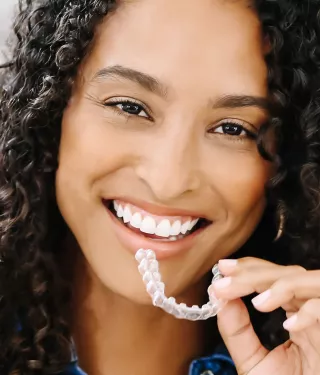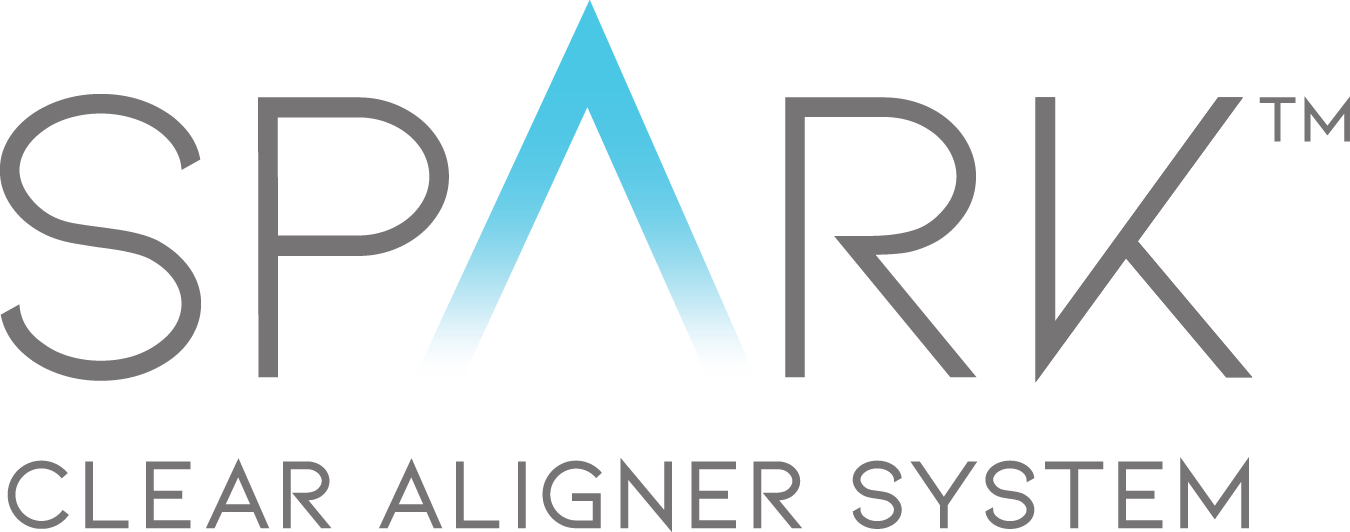Do Clear Aligners Really Work?
Yes, And Here’s How.
By: Dr. Vas Srinivasan

We recently had the pleasure of speaking with Dr. Vas Srinivasan* of Invisible Orthodontics in Australia. Dr. Vas gave us his expert input in order to answer a question we frequently hear, “Do clear aligners really work?”
Q: Thanks for taking the time, Dr. Vas. Can you give our readers some information on your background and professional experience?
A: Sure, I’m an orthodontics specialist and received my Masters of Dental Science in Orthodontics. I have a Membership in Orthodontics with the Royal College of Surgeons, Edinburgh, as well as a Master’s Degree from the University of St. Thomas in Minnesota. To date, I have managed 2,300 clear aligner cases.
Q: For new and prospective patients, can you discuss in detail how, and why, clear aligners work?
A: From our perspective, clear aligners are actually no different than braces. They are a tooth straightening product that give us an outcome, so as long as doctors are comfortable with the product, it can treat most cases that braces can. In my practice, 90% of my patients can be treated by aligners. There are some cases that can’t be treated with aligners just like there are some cases that can’t be treated with braces.
With aligners, some patients feel it may take longer to see results than they would with traditional braces. The reality is that braces patients will typically see changes earlier on in their treatment and then less as time goes on while the opposite is true for aligners. With aligner treatment, patients may not experience a lot of movement up front but will see greater straightening and performance gains toward the end of treatment.
Q: What are some particular malocclusions that you have experienced being treated effectively with aligners and what advantages may be gained when it comes to treating those cases with clear aligners as opposed to another modality?
A: For open bites, crowding and spacing – clear aligners work really well; because there tend to be fewer side effects involved when moving the teeth including pain, and we also see shorter treatment times.
Q: With regard to pain, are there any tricks for how patients can alleviate pain?
A: Anything that is a “living creature” with a nerve ending will cause pain when moving it. Teeth movement and therefore pain can happen when brushing teeth, eating, or really at any time of day or night, so patients will experience some discomfort. The good thing is that teeth move much more gently with clear aligners. Most patients don’t complain about the pain with clear aligners, we don’t typically have to warn them like we do with braces patients. With braces patients, we usually recommend having some pain relief medicine on hand.
Q: Did your practice switch to primarily using Spark from another clear aligner brand?
A: Yes, we were a top tier doctor with Invisalign. We were one of the top providers here in Australia and about two and half years ago we made the switch to Spark clear aligners. Spark has a great team behind them, along with excellent customer service, a great overall product that patients love. This combination really changes what you can do for patients and improves their overall experience in your office.
Q: Lastly, can you summarize any positive developments you have seen with clear aligner treatment over the years and if applicable any advancements or gains that have been made with Spark aligners?
A: I have been involved with Spark since the day it launched. The Spark product is constantly advancing. One key differentiator is the ability for Spark doctors to conduct treatment plans on Mac products in their practices, and also the ease in ability to use regardless of the level of technology within a practice has been a benefit.



